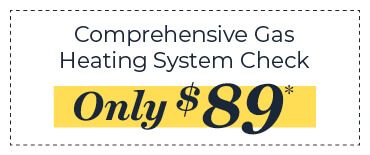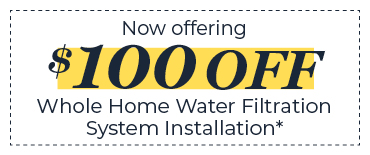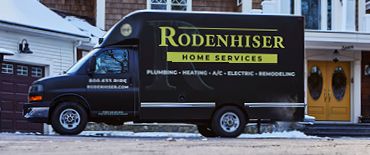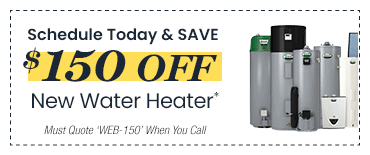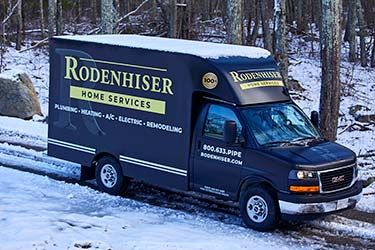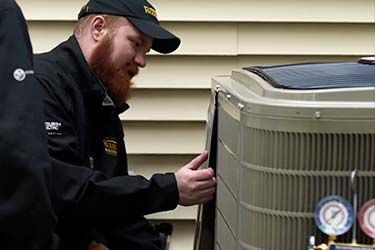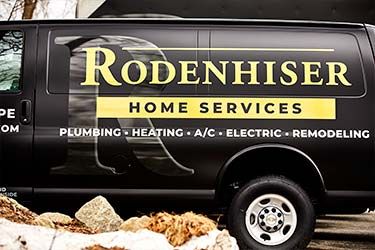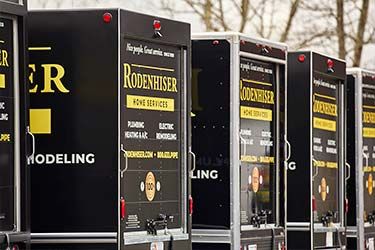
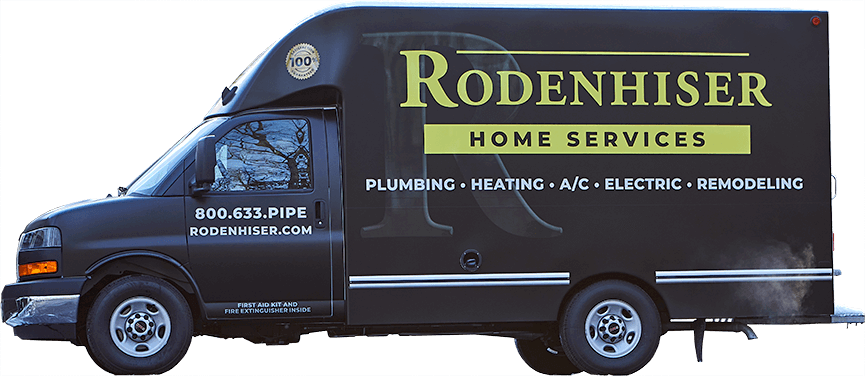


Ten Things You Can Start Doing Now To Clean Up Your Indoor Air
There are many things you can do right in your own home to considerably improve your indoor air quality. Here are 10 relatively simple and cost-effective strategies to get the best air quality possible:
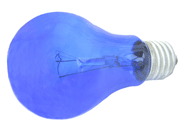
- Replace your HVAC air filters regularly. If you don’t, a thick film of dirt builds up and prevents air from flowing through them. Not only does this require extra energy from your HVAC system to push it through, it also reduces the efficiency of the filter, allowing pollutants to get through.
- Check to see that your central vacuum system and clothes dryer are expelling their dirty air outside of your home.
- Have UV lamps installed in your home by an HVAC professional. They are germicidal devices that eliminate living particles like mold, bacteria and viruses when they come into contact with the UV light. In fact, they are so effective at stopping the spread of disease that they are commonly found in hospitals.
- Don’t allow your bathroom or kitchen fans to circulate dirty air through your house. Upgrade to exhaust fans that usher dirty air outside.
- Keep potentially hazardous chemical compounds stored outside of your home, so that chemical fumes don't get sucked into your air intakes.
- Make sure you properly vent all secondary heat sources like chimneys.
- When working indoors with volatile organic compound (VOC) chemicals, make sure your work area is heavily ventilated with fans and open windows.
- Have the venting system for your gas heating equipment inspected to ensure that it's properly vented to the outside.
- Don’t install major HVAC components in parts of your house that have a lot of debris coming in on a regular basis, like your garage. If it is too late to prevent this, seal up that area and your HVAC equipment with things like weatherstripping or extra insulation.
- Avoid using unvented combustion sources, such as barbecues or candles, indoors.
To learn more about how to make improvements to your indoor air quality or for help implementing any of these clean-air strategies, contact Rodenhiser Plumbing, Heating & Air Conditioning today. We have served Massachusetts for more than 80 years.
Our goal is to help educate our customers about energy and home comfort issues (specific to HVAC systems). For more information about indoor air quality and other HVAC topics, download our free Home Comfort Solutions Guide.
Photo courtesy of Shutterstock.
Nice people.
Great service.
Since 1928Terms & Conditions | Privacy Policy
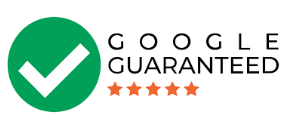




Read From Over 14,000 Happy Customers
-
Both Alex and Patrick were knowledgeable, courteous, and professional. They made a change that might have solved the recent problem and have structured a more complete solution. We agreed to this...

-
Mike was thorough, thoughtful and considerate. Covered their shoes before entering, surveyed my issue and provided an explanation of the services and costs. Great Job!

-
Alex did a great job providing an explanation of the services provided and went out of his way to offer assistance/advice on other issues outside of our scheduled maintenance visit.

-
Brian did an excellent job inspecting our 18-year old boiler and replacing some of the accessory hardware that needed it, he also adjusted the outgoing hot water settings for our radiators and...

-
Rodenhiser is my one stop shop!!! They take care of my HVAC, electrical, and plumbing issues & are always helpful addressing any questions I may have about the systems in my house! Everyone...

-
Chris G. and Nick V. showed up bright and early at 8am to fix my water heater issue. They were on time, polite and were able to fix an issue that has been plaguing my house for a good year. They...

Call Rodenhiser at
1-800-462-9710
Call Rodenhiser at 1-800-462-9710
When you are looking for plumbing, electrical, heating or air conditioning in the Route 495 / 128 area, you will be delighted that you called Massachusetts' trusted choice since 1928.
With a total dedication to professional workmanship and excellent service, discover why families and businesses continue to trust Rodenhiser after generations of service
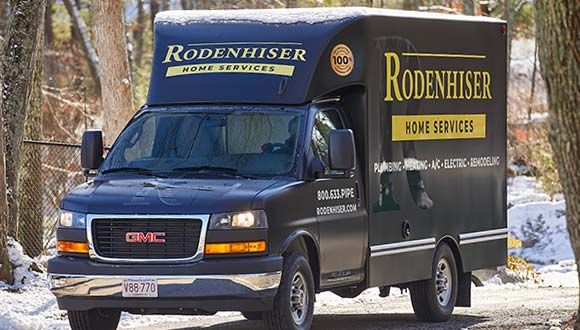
Trusted Plumbers
Fast, On Time
HVAC Experts
Satisfaction Guaranteed
Expert Electricians
Maintenance Plans
CONTACT RODENHISER TODAY
325 Hopping Brook Rd Holliston MA 01746.
-
Master Plumber: #10961
-
Corporate Plumbing: #2288
-
Master Electrician: #23917A
-
Electrical Business: #4804
-
Master Sheet Metal (Unrestricted): #5867
-
Corporate Sheet Metal: #641
-
Home Improvement Contractor: #188806
*Heating system check terms and conditions: Residential Only. Must reside within our service area. Offer only available to 1 unit per household additional units are at full price. Can not be combined with other offers
*Late Season Special Extra Conditions: Gas Systems only. No Discounts on oil systems. Promotional price limited to one system per home, additional systems will be charged at full price. Residential Systems only. Must reside within our service area. *For EV Charger Offer also: valid only when the system is purchased through Rodenhiser.
